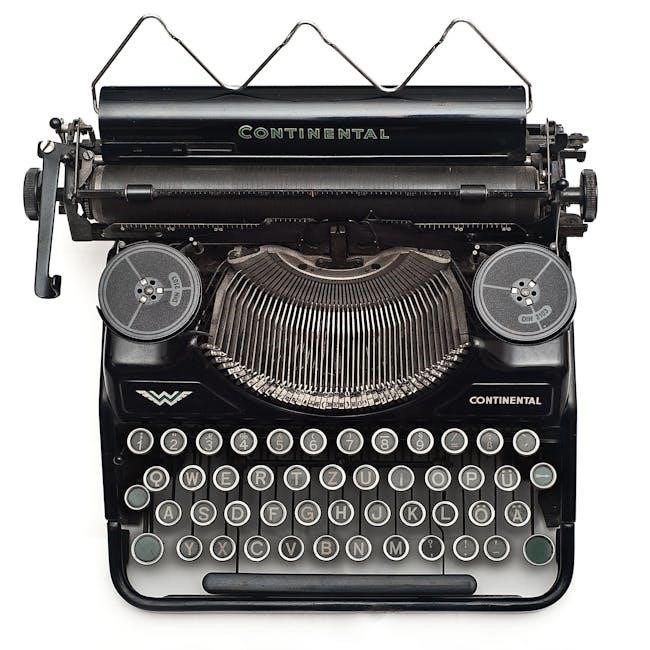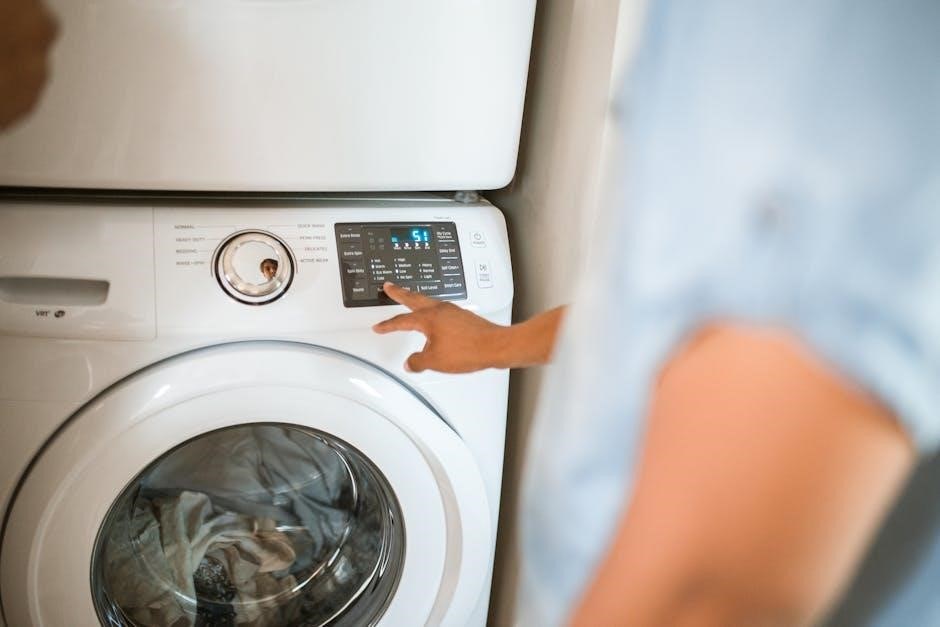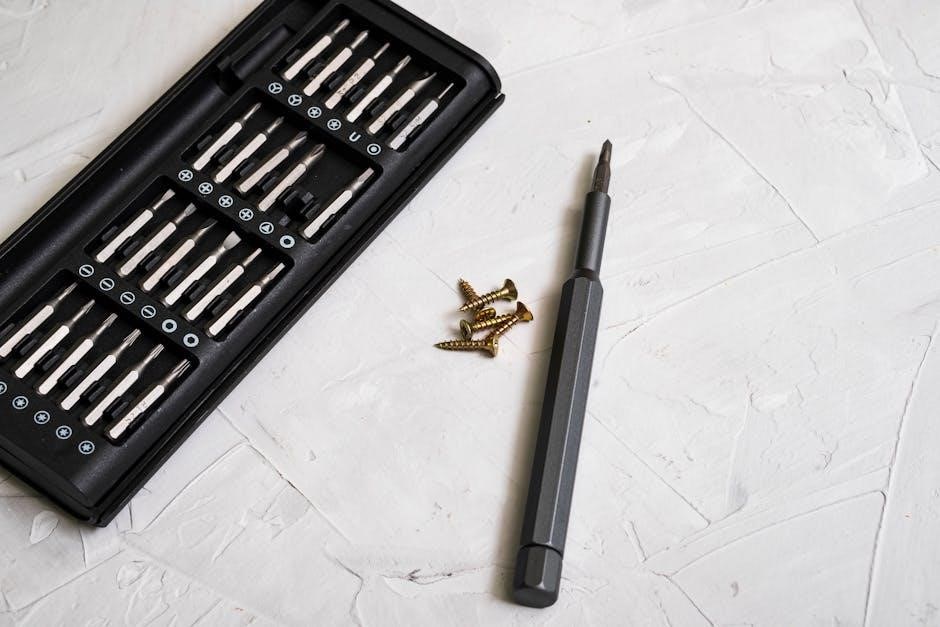Whirlpool Cabrio Washer User Manual: A Comprehensive Guide
Welcome! This guide provides comprehensive info on your Whirlpool Cabrio washer. Find model-specific instructions, control panel features, cycle details, dispenser use, maintenance tips, troubleshooting & support contacts.
Finding Your Whirlpool Cabrio Washer User Manual

Obtaining your Whirlpool Cabrio washer user manual is crucial for optimal use and maintenance. Here’s how to locate it:

- Whirlpool Website: The official Whirlpool website is the primary source. Enter your washer’s model number in the “Owner Center” or “Support” section to find and download a digital copy of the manual. The manual can help you get the most out of your appliance and provides important information about parts and accessories.
- ManualsLib: Websites like ManualsLib often host user manuals for various appliances. Search for “Whirlpool Cabrio washer manual” on the site, specifying your model number for accurate results.
- Appliance Part Retailers: Websites such as Repair Clinic, that specialize in appliance parts, sometimes offer user manuals. Search using your washer’s model number.
- Check Physical Documents: If you recently purchased the washer, the user manual may be included with the appliance. Look in the packaging or in a designated compartment.
- Whirlpool Customer Service: Contact Whirlpool customer service directly through their website or phone number. Provide your model number, and they can assist you in locating the correct manual. You can write to Whirlpool Corporation with any questions or concerns at: Whirlpool Brand Home Appliances Customer eXperience Center 553 Benson Road Benton Harbor, MI 49022-2692. Please include a daytime phone number in your correspondence. In Canada Call the Whirlpool Canada LP Customer Interaction Centre toll.
Having the correct user manual ensures you understand your washer’s specific features, operation, and maintenance requirements, prolonging its lifespan and optimizing its performance.
Understanding the Control Panel and Features
The Whirlpool Cabrio washer control panel is designed for intuitive operation, but understanding its various features is essential for optimal performance. Here’s a breakdown of the key elements:
- Power Button: Used to turn the washer ON and OFF. Pressing once while the washer is on will cancel the current cycle, pressing twice turns it off.
- Cycle Selector Knob: This knob allows you to choose the appropriate wash cycle for your load. Common cycles include Normal, Delicates, Bulky Items, and more. The Whirlpool Cabrio washer has a unique user interface to help you select the best cycle you need for your load.
- Cycle Settings Buttons: These buttons adjust settings such as Soil Level, Spin Speed, and Wash/Rinse Temperature. Note that not all options are available with all cycles.
- Fabric Softener Dispenser Selector: This option allows you to set the Fabric Softener dispenser to automatically add liquid Fabric Softener to the load at the correct time.
- Detergent Dispenser: This is where you add HE (High Efficiency) detergent. Only HE detergents should be used.
- Fabric Softener Dispenser: This is where you add liquid fabric softener. Follow the manufacturer’s directions for the correct amount.
- Display Screen: The display screen shows the current cycle settings, remaining time, and any error messages.
- Start/Pause Button: Press this button to start or pause the wash cycle.
- Options: You may also add or remove options for each cycle. Note that not all options can be used with all cycles, and some are preset to work with certain cycles.
- Deep Clean: This option provides enhanced cleaning action for tough stains.
Familiarizing yourself with these control panel features will enable you to customize each wash cycle to meet the specific needs of your laundry, ensuring effective and efficient cleaning.
Cycle Guide: Selecting the Right Wash Cycle

Choosing the correct wash cycle on your Whirlpool Cabrio washer is crucial for optimal fabric care and cleaning performance. Each cycle is designed for specific types of loads and fabrics. Settings and options shown in bold are default settings for that cycle. For best fabric care, choose the cycle that best fits the load being washed. If using the Eco Monitor, adjust the temperature and spin speed within that cycle to improve energy usage. Here’s a guide to help you select the most appropriate cycle:
- Normal: Ideal for everyday laundry items such as cottons, linens, and durable synthetics.
- Delicates: Use this cycle for delicate fabrics, lingerie, and items that require gentle care.
- Bulky Items: Designed for washing large items like comforters, blankets, and pillows.
- Whites: This cycle is specifically designed for white fabrics and uses higher temperatures to enhance cleaning and whitening.
- Colors: Use this cycle for colored fabrics to prevent fading and bleeding.
- Quick Wash: A shorter cycle for lightly soiled items that need a quick refresh.
- Heavy Duty: For heavily soiled or stained items that require a more powerful wash.
- Permanent Press: This cycle is designed for wrinkle-free fabrics and helps to minimize wrinkling.
- Rinse and Spin: Use this cycle to rinse and spin items that have already been washed.
- Drain and Spin: This cycle drains the water from the washer and spins the load to remove excess water.
Refer to the fabric care labels on your garments for specific washing instructions. When in doubt, it’s always best to choose a gentler cycle to protect your clothes. Adjusting the soil level, spin speed, and water temperature settings within each cycle can further customize the wash to suit your needs.
Using Laundry Product Dispensers Correctly
Proper use of the laundry product dispensers in your Whirlpool Cabrio washer ensures optimal cleaning performance and prevents damage to your machine. The Cabrio washer typically has separate dispensers for detergent, fabric softener, and sometimes bleach. Here’s how to use each dispenser correctly:
- Detergent Dispenser:
- Type of Detergent: Always use High Efficiency (HE) detergents in your Cabrio washer. HE detergents are low-sudsing and designed for use in high-efficiency machines.
- Amount of Detergent: Follow the manufacturer’s instructions on the detergent packaging for the correct amount to use based on the load size and soil level.
- Adding Detergent: Pour the measured amount of liquid HE detergent into the designated detergent dispenser. Avoid overfilling.
- Fabric Softener Dispenser:
- Type of Fabric Softener: Use liquid fabric softener only. Do not use fabric softener sheets or powders in the dispenser.
- Amount of Fabric Softener: Follow the manufacturer’s instructions on the fabric softener packaging for the correct amount to use.
- Adding Fabric Softener: Pour the measured amount of liquid fabric softener into the fabric softener dispenser. Some models have a selector to automatically add liquid Fabric Softener to the load at the correct time.
- Bleach Dispenser (if applicable):
- Type of Bleach: Use liquid chlorine bleach only.
- Amount of Bleach: Follow the manufacturer’s instructions on the bleach packaging for the correct amount to use.
- Adding Bleach: Pour the measured amount of liquid chlorine bleach into the bleach dispenser. Do not overfill.
Important Notes:
- Do not mix different laundry products in the same dispenser.
- Clean the dispensers regularly to remove any residue buildup. Wipe with a damp cloth and towel dry.
- Overfilling the dispensers can cause immediate dispensing of the product at the wrong time in the cycle.
- Using non-HE detergents can create excessive suds, which can reduce cleaning performance and potentially damage the washer.
Washer Maintenance: Keeping Your Washer in Top Condition
Regular maintenance is crucial to prolong the life of your Whirlpool Cabrio washer and ensure optimal performance. Here are some essential maintenance tasks:
- Cleaning the Washer:
- Frequency: Clean the washer interior monthly or as needed, especially if you notice odors or residue buildup.
- Cleaning Method: Run a washer cleaning cycle (if available) or a normal cycle with hot water and a cup of liquid chlorine bleach or a washer cleaner.
- Cleaning the Seal: Wipe the rubber door seal (if applicable) with a damp cloth after each use to prevent mold and mildew growth.
- Cleaning the Dispensers:
- Frequency: Clean the detergent, fabric softener, and bleach dispensers monthly or as needed.
- Cleaning Method: Remove the dispensers and rinse them thoroughly with warm water. Use a soft brush to remove any stubborn residue.
- Checking the Water Inlet Hoses:
- Frequency: Inspect the water inlet hoses at least twice a year.
- Inspection: Look for bulges, kinks, cracks, or leaks. Replace the hoses if any damage is found.
- Replacement: Replace the water inlet hoses every 5 years to prevent unexpected failures. Mark the date of replacement on the hose.
- Cleaning the Lint Filter (if applicable):
- Frequency: Check and clean the lint filter regularly, especially if you notice reduced water flow or longer cycle times.
- Cleaning Method: Remove the lint filter and rinse it with water. Use a soft brush to remove any stubborn lint.
- Leveling the Washer:
- Frequency: Check the washer’s level periodically.
- Adjustment: Adjust the leveling feet to ensure the washer is stable and does not vibrate excessively during operation.
- Winter Storage:
- If the washer will be stored or moved in freezing temperatures, follow the winter storage instructions in the user manual to prevent damage to the water lines and components.
Additional Tips:
- Always use HE (High Efficiency) detergents to prevent excessive suds.
- Do not overload the washer, as this can strain the motor and reduce cleaning performance.
- Leave the washer door slightly ajar after each use to allow air circulation and prevent mold growth.
Troubleshooting Common Issues
Even with proper care, you might encounter issues with your Whirlpool Cabrio washer. Here’s a guide to troubleshooting some common problems:
- Washer Won’t Start:
- Possible Causes: Power cord not plugged in, circuit breaker tripped, door/lid not closed properly, cycle not properly selected, controls locked.
- Troubleshooting Steps: Ensure the power cord is plugged in, reset the circuit breaker, close the door/lid firmly, select a cycle correctly, disable control lock.
- Washer Won’t Fill:
- Possible Causes: Water supply turned off, water inlet hoses kinked or blocked, inlet valve screens clogged, low water pressure.
- Troubleshooting Steps: Turn on water supply, straighten or clear inlet hoses, clean inlet valve screens, check water pressure.
- Washer Won’t Drain:
- Possible Causes: Drain hose kinked or blocked, drain pump clogged, standpipe too high, drain hose not properly inserted.
- Troubleshooting Steps: Straighten or clear drain hose, clean drain pump, ensure standpipe height is correct, properly insert drain hose.
- Washer Won’t Spin:
- Possible Causes: Unbalanced load, excessive suds, lid switch malfunction, drive belt issue.
- Troubleshooting Steps: Redistribute the load, use HE detergent, check lid switch, inspect drive belt (may require professional assistance).
- Excessive Vibration:
- Possible Causes: Uneven floor, washer not leveled, unbalanced load, shipping bolts not removed.
- Troubleshooting Steps: Ensure washer is on a level surface, adjust leveling feet, redistribute the load, remove shipping bolts (if applicable).
- Leaking Washer:
- Possible Causes: Loose hose connections, damaged hoses, overfilling, excessive detergent, drain pump leak.
- Troubleshooting Steps: Tighten hose connections, replace damaged hoses, avoid overfilling, use correct detergent amount, inspect drain pump.
- Error Codes Displayed:
- Action: Refer to the user manual for a list of error codes and their corresponding solutions. Common errors may involve issues with water supply, draining, motor, or sensors.
Important Notes:
- Always disconnect the washer from the power supply before attempting any repairs.
- If you are not comfortable performing any of these troubleshooting steps, contact a qualified appliance repair technician.
- Refer to the Whirlpool website for more detailed troubleshooting information and support resources.
Contacting Whirlpool for Assistance

If you’ve exhausted all troubleshooting steps and your Whirlpool Cabrio washer is still experiencing issues, or if you require further assistance, there are several ways to contact Whirlpool for support:
- Whirlpool Website:
- Visit the official Whirlpool website (www.whirlpool.com) for a wealth of information, including FAQs, troubleshooting guides, product manuals, and service scheduling options.
- Customer Service Phone Number:
- Call Whirlpool’s customer service hotline for immediate assistance from a trained representative. The phone number can typically be found on the Whirlpool website, in your product manual, or on the appliance itself.
- In the US, you can call 1-800-253-1301.
- In Canada, call 1-800-807-6777.
- Online Chat Support:
- Many Whirlpool websites offer live chat support, allowing you to communicate with a customer service agent in real-time through text messaging. This can be a convenient option for quick questions or troubleshooting guidance.
- Whirlpool App:
- Download the Whirlpool app for your smartphone or tablet to access product information, manuals, troubleshooting tips, and service scheduling options.
- Mail Correspondence:
- You can also contact Whirlpool via mail. Direct your inquiries to the following address:
- Whirlpool Brand Home Appliances Customer eXperience Center
- 553 Benson Road
- Benton Harbor, MI 49022-2692
- Please include a daytime phone number in your correspondence.
- Schedule a Service Appointment:
- If your washer requires professional repair, you can schedule a service appointment online or by phone. Whirlpool may have authorized service providers in your area who can diagnose and fix the issue.
Before contacting Whirlpool, have the following information ready:
- Model Number: Located on the appliance, usually inside the door or on the back panel.
- Serial Number: Also located on the appliance, near the model number.
- Date of Purchase: Provide the date you purchased the washer for warranty verification.
- Detailed Description of the Problem: Clearly explain the issue you are experiencing with the washer.
By having this information readily available, you can help the Whirlpool customer service representative assist you more efficiently.
